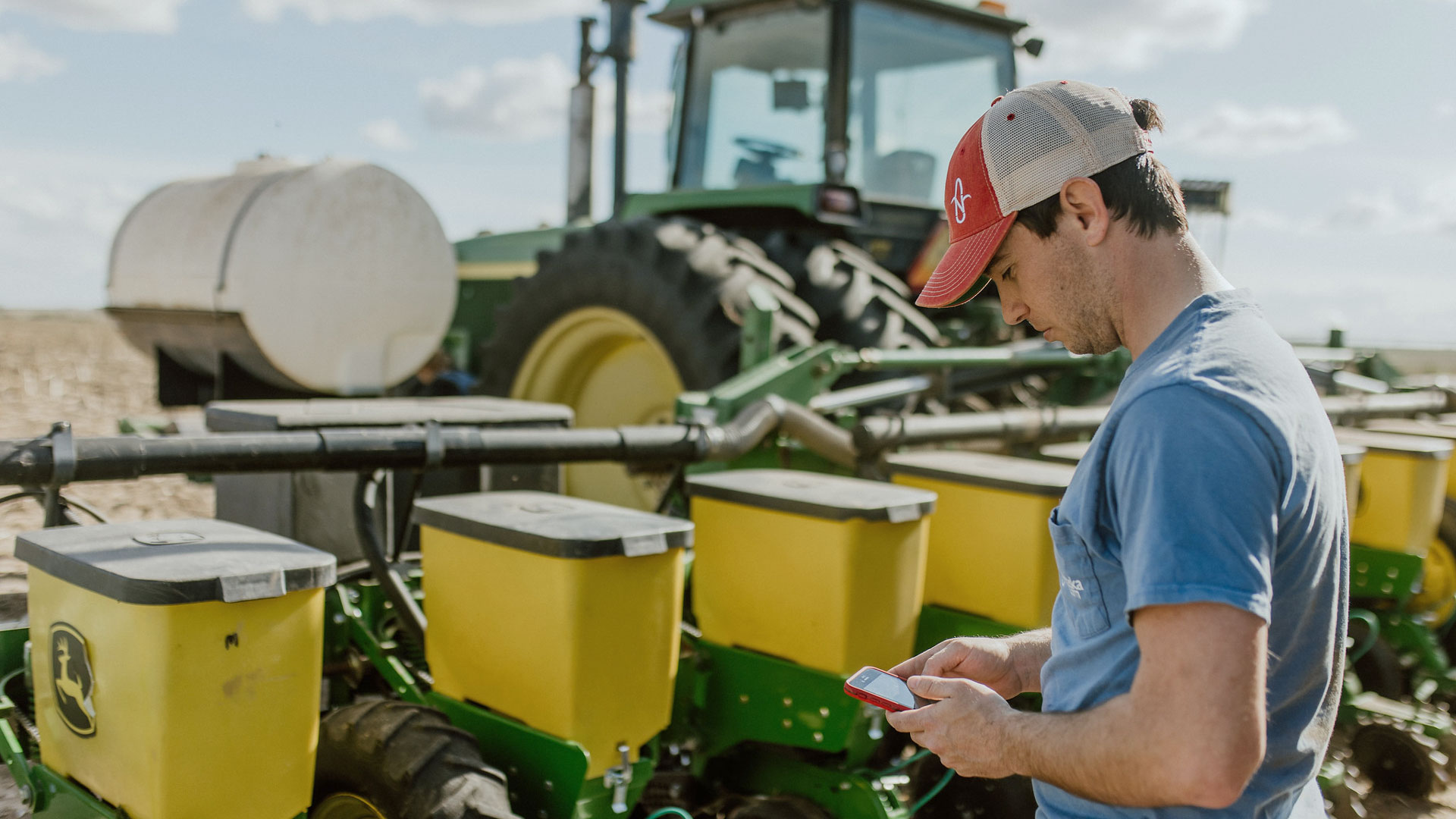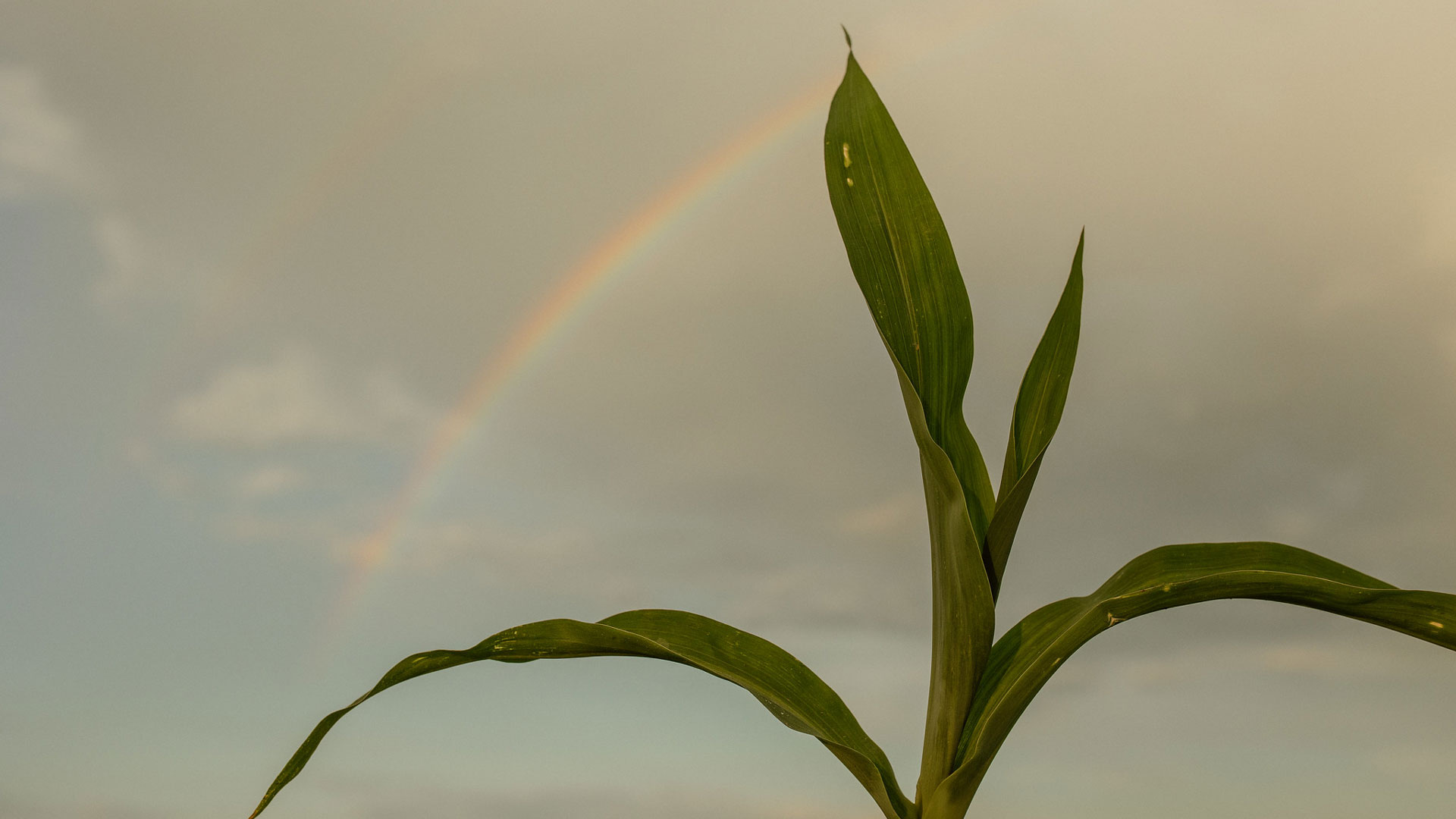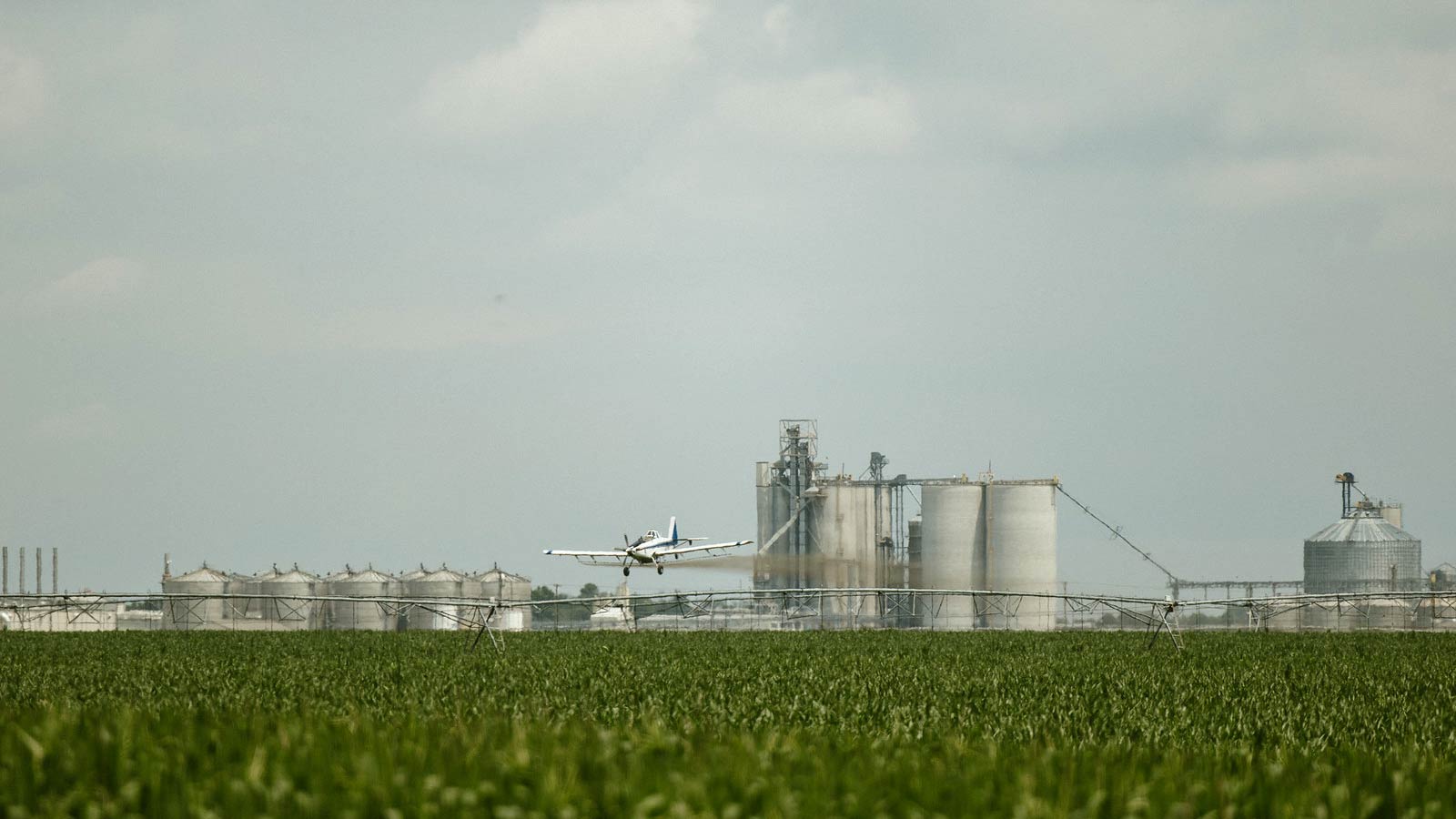As the agricultural landscape continues to evolve, producers are looking for new and exciting ways to increase their yields while also conserving resources and limiting their impact on the environment. One of the ways they are doing this is through the use of agricultural drones to evaluate and care for their crops.
Drones are the newest wave of precision agriculture and smart farming, which is the use of technology to collect and analyze a wealth of data farmers can use to grow more with less.
How Drones ARE Used in Agriculture
Just as Global Positioning Systems (GPS), Geographical Information Systems (GIS) and specialized software programs are used in conjunction with a tractor or combine on the ground, programs have been developed to guide drones as they fly over the field.
Types of Drones
There are several types of drones on the market. Drones with rotors — which are the most common agriculture drones—can include single-rotor aircraft, which have one set of spinning rotors on top like a typical helicopter or feature multiple rotors on the same drone, which are sometimes called quadcopters or quadrotors.
The size of drones also varies. Smaller drones used for photography or personal use are smaller and lighter, while drones strong enough to carry liquid to apply to fields can be several feet across in width.
Requirements to Fly
Flying a drone requires obtaining a certificate from the Federal Aviation Administration (FAA). The type of certification needed is based on how the drone is being used, where it is being flown and other factors, such as if it will be used to carry any pesticides or herbicides to apply to the crops.
Regardless of the permitting required, it’s essential that all drone operators know and follow regulations, fly their drones at a safe height and take care to avoid all potential obstructions in the flight path.
What Is Agriculture Drone Spraying?
Agricultural drone spraying is using a drone to dispense fertilizer to provide crops with necessary nutrients or to apply herbicide to control weeds or pesticide to treat insect infestations.
What Is Drone Mapping in Agriculture?
One of the major uses of drones in agriculture is to create detail-rich maps of fields, providing producers with a three-dimensional view of the growing area, including elevation changes and field boundaries.
These maps are used in conjunction with other programs to help farmers evaluate and analyze crop conditions and, if necessary, take targeted actions.
Benefits and Advantages of Using Drones in Agriculture
The advantages of using an agriculture drone to collect data are in its speed, ease of use and lower cost to operate. Producers can quickly zero in on smaller problem areas, take steps to rectify any problems and then move on to the next field without having to bring in tractors, sprayers or other heavy equipment.
Drones are also designed to be extremely precise and because they are in the air, do not damage the plants or disturb soil in the field.
4 Ways Drones Are Used in Agriculture
There are several ways drones are currently being used in agriculture, including in Nebraska, and they range from mapping fields and assessing plant condition to precise application of chemicals.
1. Assessing Performance
Today’s precision agriculture drones can be outfitted with sophisticated programming that detects and records variations in plant numbers, health, height and other statistics. It also can provide data that shows producers where their fields have areas of poor drainage or less-than-ideal soil conditions. By knowing exactly what’s going on in the field and where it’s happening, producers can quickly identify trouble spots where they need to focus their time and resources.
While producers can guide the controls of the drones themselves, software exists that can guide the drones on a pre-programmed flight over the field. The inputs result in drones that maintain a preset height over the plants, compensating as necessary for changes in terrain, while scanning the plants as they fly overhead.
2. Pest Control
One of the ways drones can put precision agriculture to use is through herbicide or pesticide applications. Farmers typically use sprayers to apply chemicals to crops or depending on conditions and plant height, may hire a crop duster airplane to dispense product.
By using programs to analyze the health of the crop to pinpoint areas of sickened crops of infestation, producers using drones can apply product only to areas of the field that need it. This allows them to use less product, which is better for the environment and also better for the producer’s pocketbook.
3. Delivering Essential Nutrients
Using the same analytical approach, producers can use agricultural drones to apply fertilizer in a specific and limited manner that gets nutrients to the plants that need them and doesn’t waste product on the plants that do not need the extra help.
Precise application of fertilizer using agricultural drones is another way for producers to limit their input costs while caring for the health of their crops and their land.
4. An Eye in The Sky
Even without sophisticated programming or sensors, drones with regular cameras can still help farmers get their eyes on crops quickly to evaluate damage after a storm. Farmers with livestock also use drones to check on their cattle herd or inspect fences for damage.
Using a drone to do this can save a lot of time, because they can quickly zoom over fields or down a fence line faster than a person could walk or drive the same distance. Drone technology benefits not only crops by livestock as well.




